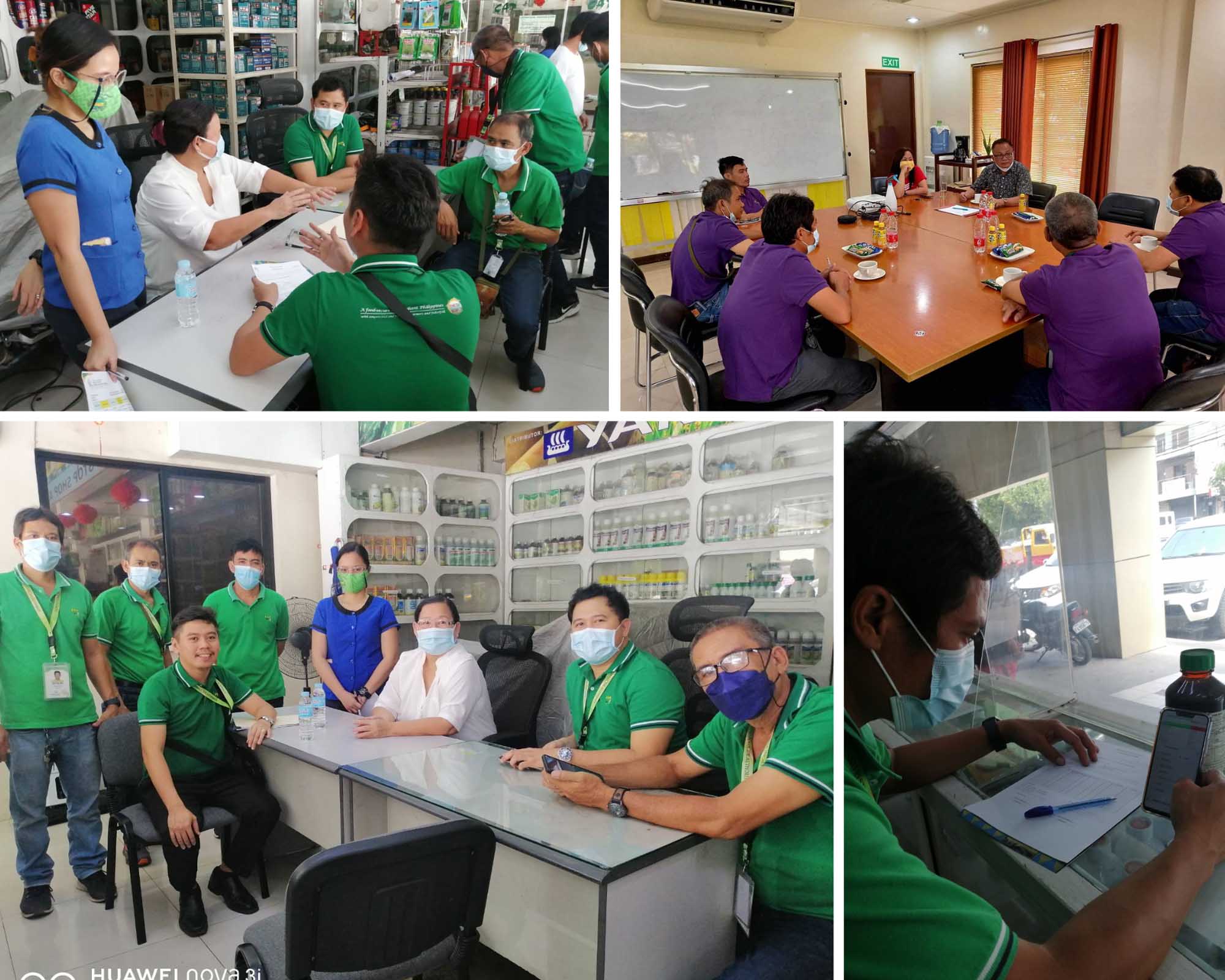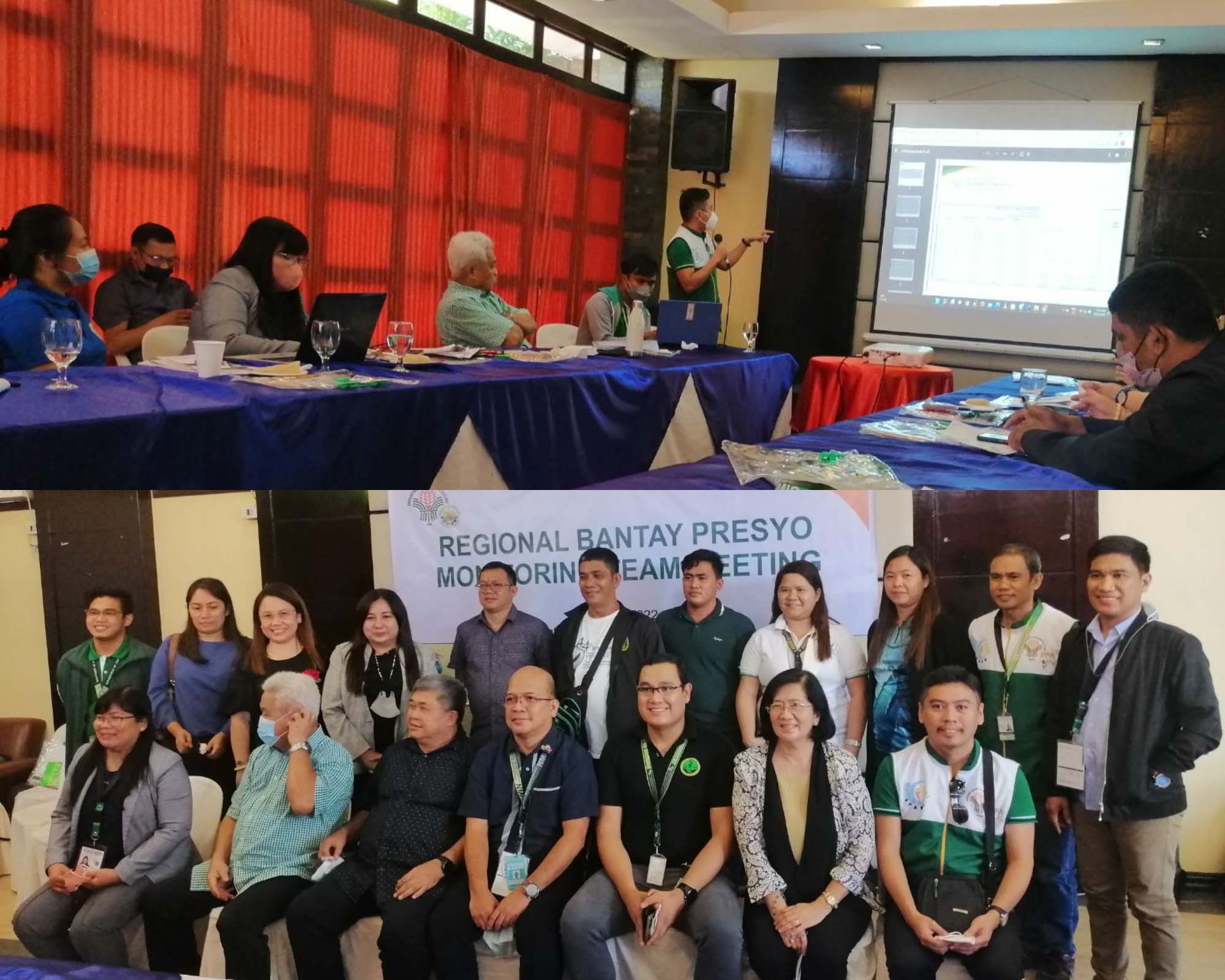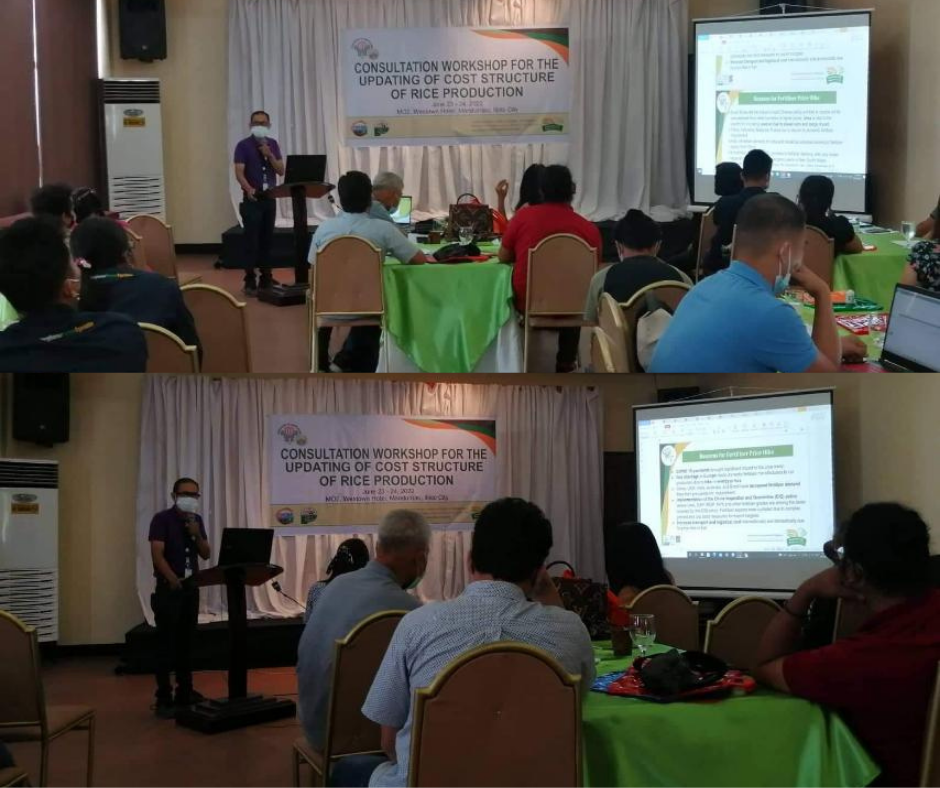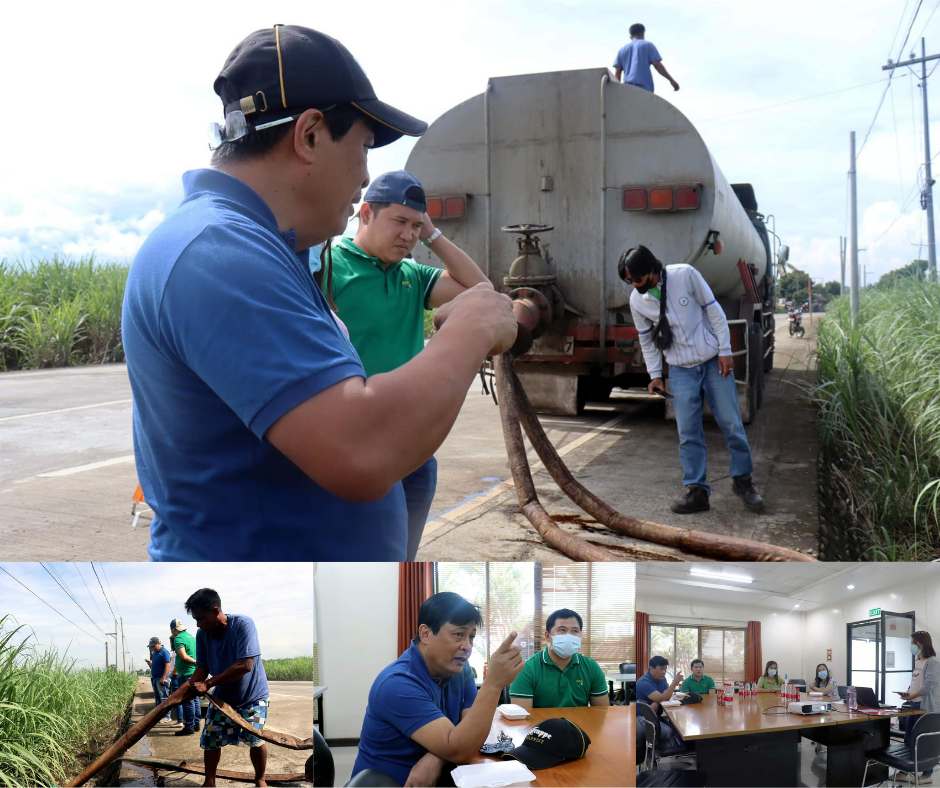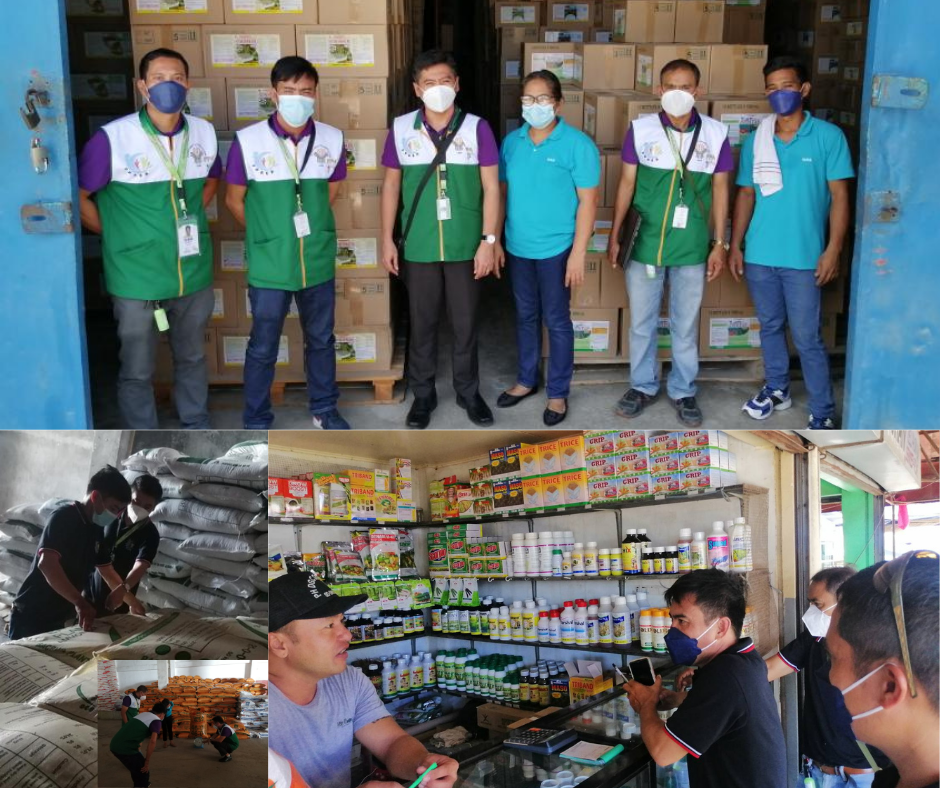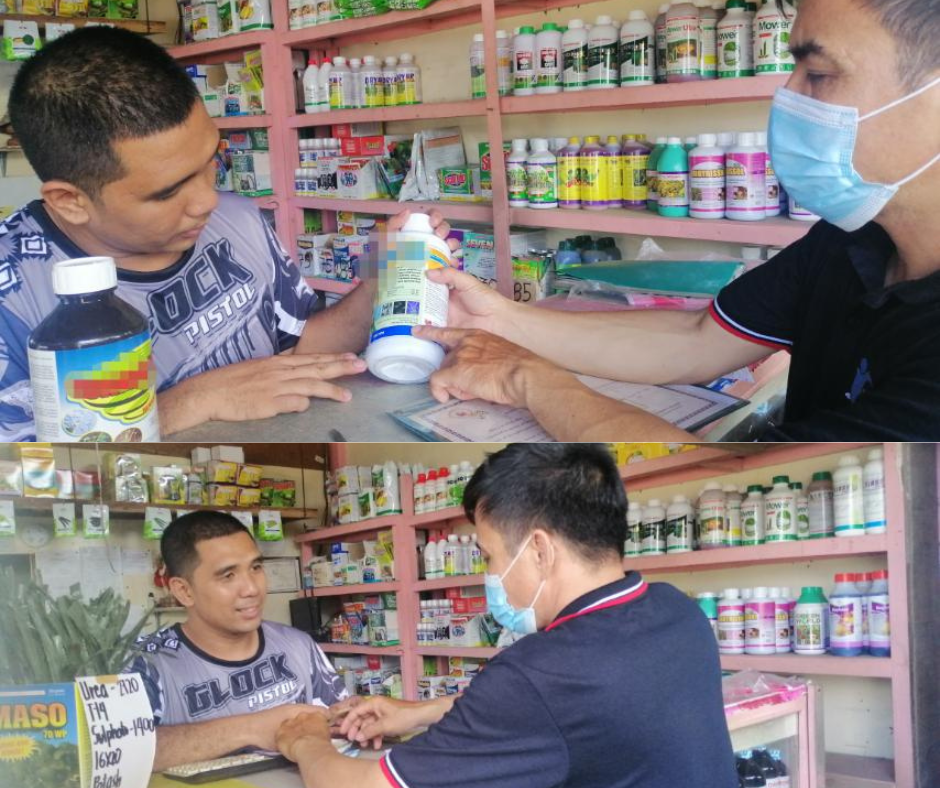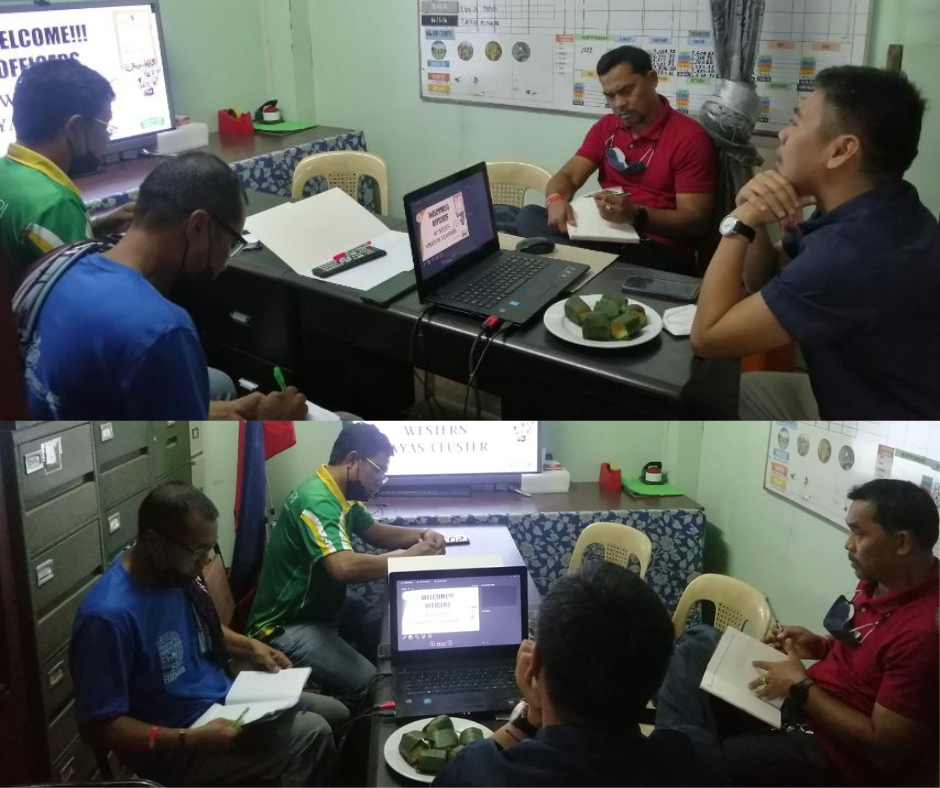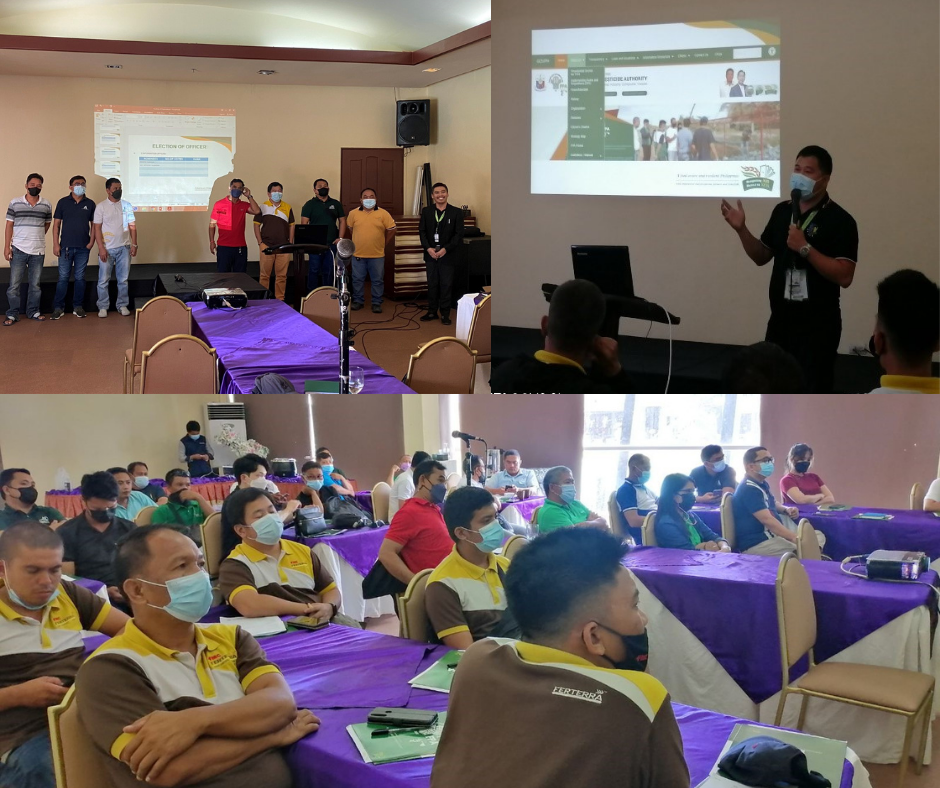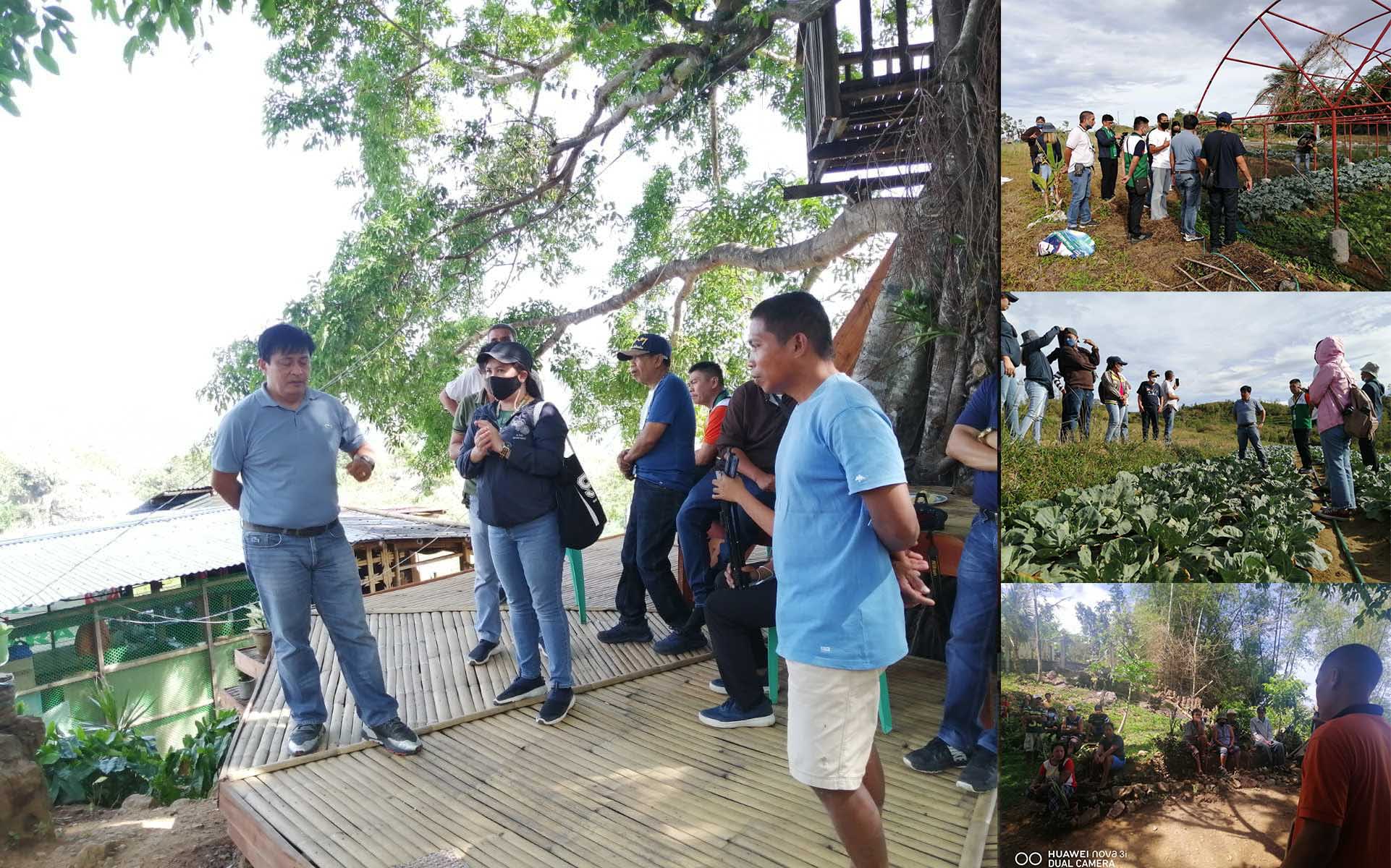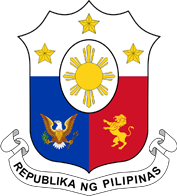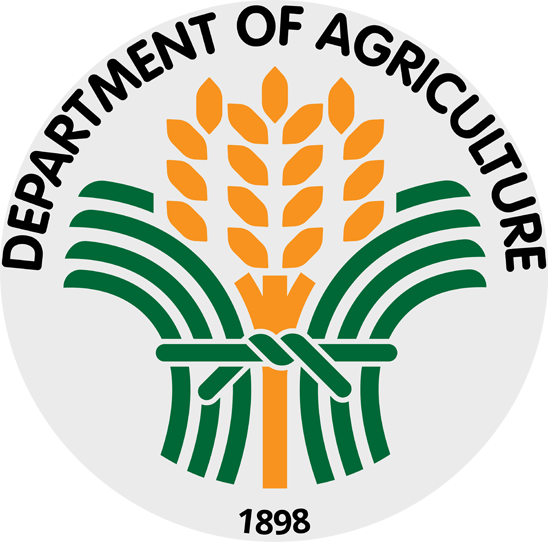Western Visayas
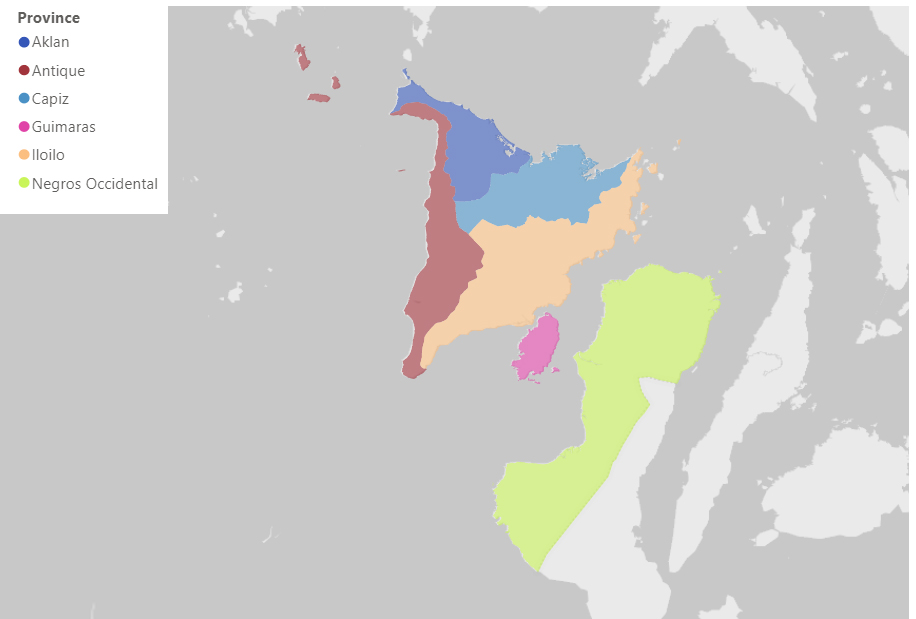
PROFILE
Aklan l Antique l Capiz l Guimaras l Iloilo l Negros Occidental
--- ANTIQUE ---
Physical Profile:
Antique is one (1) of the six (6) provinces comprising Western Visayas or Region VI, and one of the four provinces in the island of Panay. The province, with a total land area of 272,917 hectares (PhilAtlas, 2020) is an elongated stretch of land occupying the entire western side of the island. It is bounded by the provinces of Aklan in the northeast, Capiz on the east, Iloilo in the southeast and the Sulu Sea on the west (LGU Directory, DILG).
Antique is a lone district comprising 18 municipalities listed in the Table 1 and has a total of 590 barangays (PSA 2018). San Jose de Buenavista serves as its provincial capital.
Agricultural Profile:
The major crops that are produced in Antique. Aside from Palay and Corn, other crops listed below (coconut, sugarcane, banana, banana saba, and sweet potato) are the top 5 other crops that are being produced in the province based on the volume of production.
Based on (PSA 2018), Palay has the largest volume of production in the province. It also shows that among all the major crops produced, sugarcane has the highest yield in Antique.
the major livestock and poultry that are produced in Antique for the backyard and commercial purposes based on PSA data as of July 1, 2019. Swine has 74,140 heads and is considered the greatest number of production among all the livestock. On the other hand, chicken, which is classified into broiler, layer, and native/improved, has the greatest total number of poultry heads yielding with 974,745 heads compared to duck which has only 171,960 heads both for the backyard and commercial purposes.
--- NEGROS OCCIDENTAL ---
Physical Profile:
Negros Occidental is located on the western side of Negros Island, the fourth largest island in the Philippines, with a total land area of 7,802.54 square kilometers (km2). However, if Bacolod City is included for geographical purposes, the province has an area of 7,965.21 km2. The province is approximately 375 kilometers (kms) long from north to south. It is bounded by the Visayan Sea in the north, Panay Gulf on the west, Negros Oriental province, and Tañon Strait on the east and Sulu Sea on the south. Negros is basically volcanic, making its soil ideal for agriculture. Thus, 80% of all arable land on the island is cultivated.
The north and western parts of the province are largely composed of plains and gentle slopes. A mountain range lines in the eastern part of the province, on the basis of the border with the Negros Oriental. Kanlaon Volcano, which is partially located in Negros Oriental, rises to a height of 2,465 m (8,087 ft) and is the highest peak in the Visayas.
Negros Occidental is the second-most-populous province in the Visayas after Cebu, having the second-largest number of congressional districts and the 7th most-populous (4th if highly urbanized cities and independent component cities are included in the population of corresponding provinces) in the Philippines based on the 2015 Census.
Agricultural Profile:
Aside from palay and corn, sugarcane, coconut, banana, banana saba, and cassava are the top five other crops that are being produced in the province based on the volume of production.
According to the Philippine Statistics Authority (PSA) in 2018, sugarcane has the largest volume of production and yield in the Negros Occidental with 12,851,011.30 metric tons (mt) and 67.63 mt per hectare, respectively.
As of July 1, 2019, swine has 481,138 heads and considered the greatest number of production among all livestock. On the other hand, chicken, which is classified into the broiler, layer, and native/improved, has the greatest total number of volume of production yielding with 8,164,374 heads compared to duck which has only 470,350 heads both for the backyard and commercial purposes.
AGRICULTURAL PRODUCTION ACCOUNTS
Source: Philippine Statistics Authority
B. Value of Production in Agriculture at Current Prices, Western Visayas, 2018 to 2020
C. Percentage Distribution of Value of Production in Agriculture, Western Visayas, 2018 to 2020
D. Volume of Production in Agriculture, Western Visayas, 2018 to 2020
E. Average Farmgate Prices in Agriculture, Western Visayas, 2018 to 2020


